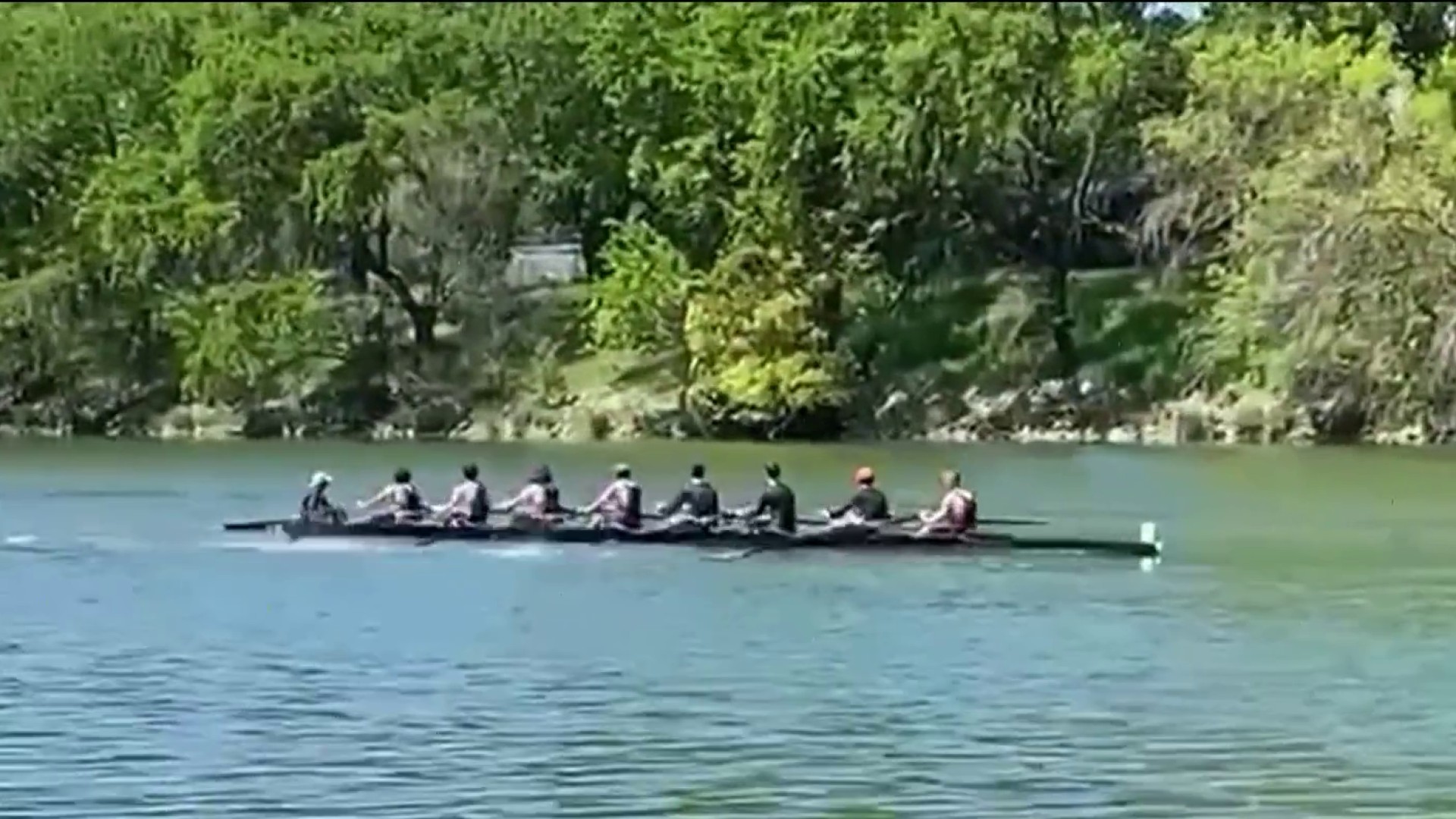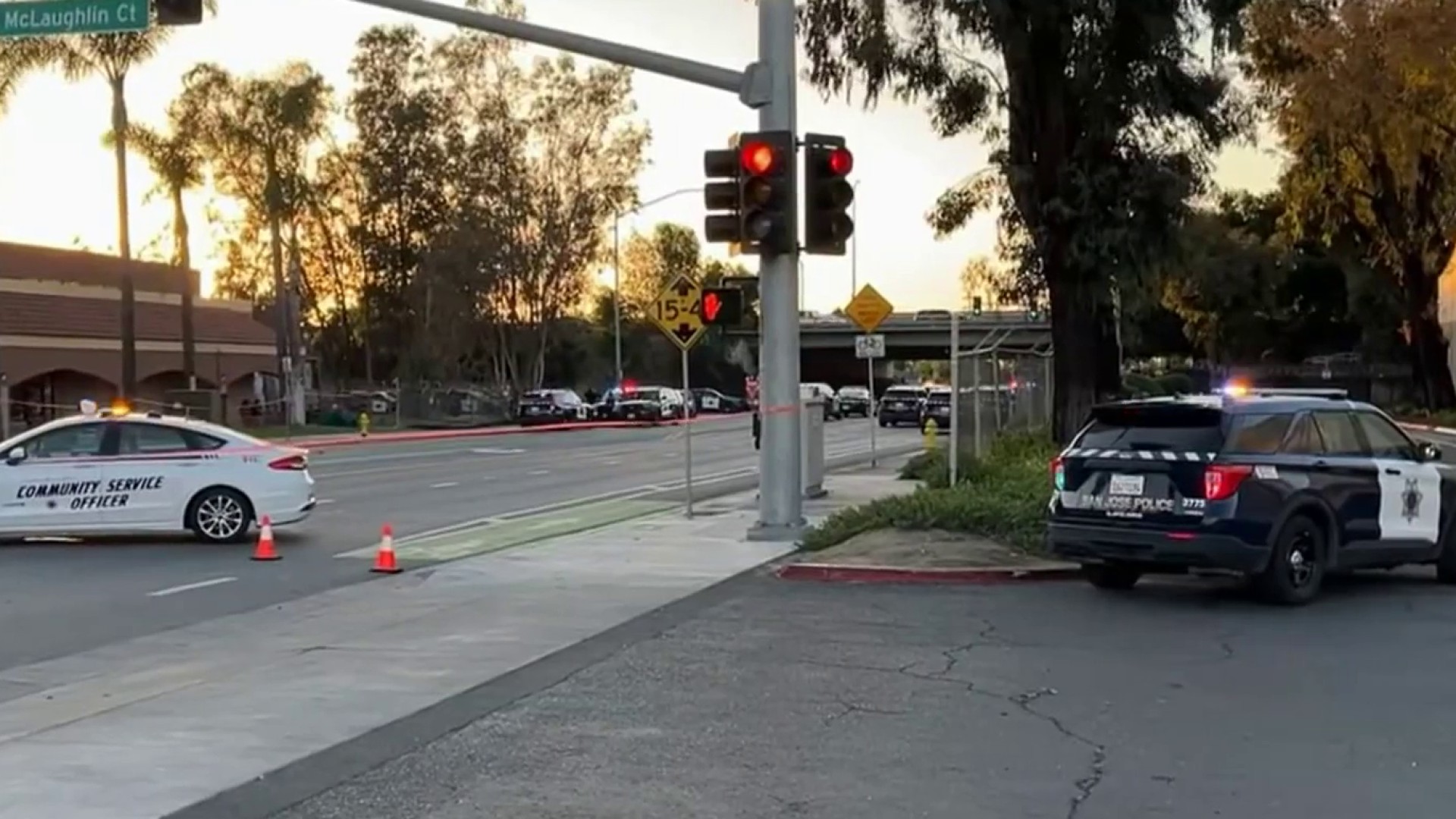The first pitch of Game 3 hadn't even been thrown when the 86th World Series became one of the most memorable in history.
A 6.9 magnitude earthquake, dubbed Loma Prieta, threw a curve ball into the historic meeting between the Oakland A's and the San Francisco Giants.
It turned out to be an event that would impact the future operation of sports stadiums everywhere.
As the stands shook at 5:04 p.m. on Oct. 17, 1989, the Giants' newly anointed director of operations, Jorge Costa, stood on the field near home plate, his crisp white shirt sleeves rolled up to the elbows. He watched the stadium rumble as a silence fell on the crowd. Then, there was an exuberant cheer.
"Giants fans being Giants," Costa recalled. "It was like, 'Hey, whatever that was, we survived. Let’s play ball.'"
The stark reality of the unfolding disaster quickly set in as power was knocked out to the lights, scoreboard and the public address system. In other words, baseball officials had no way to communicate to the thousands of shocked fans assembled.
As a scrum of Major League Baseball and city officials gathered with the Giants, a plan was formed to let the crowd know about the decision to cancel the game — and it centered around a police squad car. A police captain drove the field using the car's loudspeaker system to let fans know the game wasn't going to be played — not due to the earthquake but because of a power outage, a bit of trickery designed to assuage panic.
Local
"We did not want to panic the public by saying the word 'earthquake,'" Costa said.
Costa said in the wake of the game, stadiums began requiring backup generators for lights, scoreboards and public address systems. Teams began to plan emergency responses, business continuity and table top exercises.
"As a result of what happened that night, it completely changed the emergency preparedness landscape," Costa said.
Candlestick Park itself rode out the quake with a few cracks that were repaired over the next 10 days, allowing the series to continue. The park was built with expansion joints designed to absorb and roll with the shaking.
"We were kind of lucky in the way the stadium did exactly what it was supposed to do," said then-groundskeeper Stan Sprinkles, who still works for the Giants. "It never gave. It rolled with the punches as they say."
Up in the stands that night, off-duty police officer Al Casciato sat with his son Alexis as the stadium shook and an uneasy silence fell on the crowd, 30 minutes out from first pitch. Alexis thought someone was kicking the back of his seat.
"It was an eerie calm because what just happened," Casciato recalled. "I grabbed him and we got out of there very quickly. We were among the first to leave."
It's a series most will remember, not for what happened on the field, but for the calamity that unfolded — shaking a new sensibility into sports.
"All of us that were there that night will never forget where we were," Costa said.



